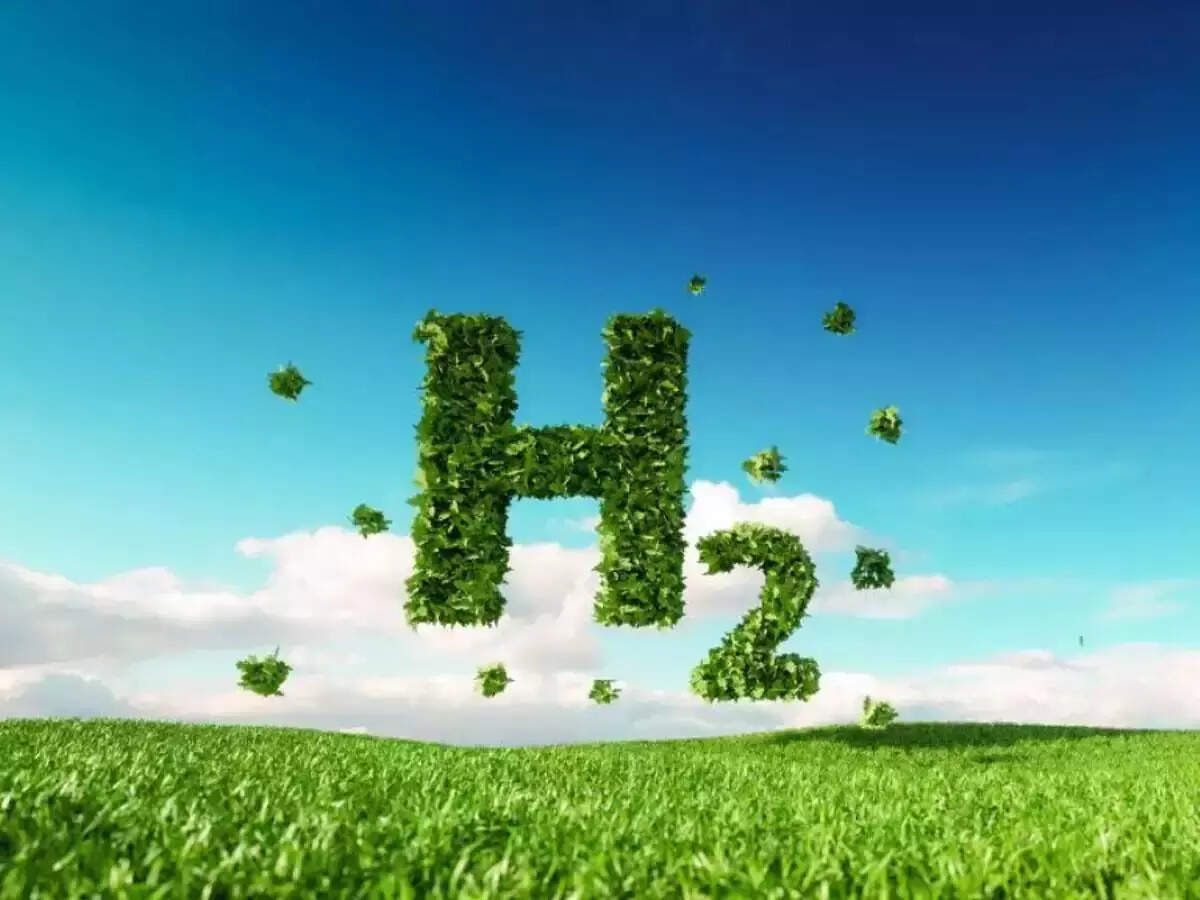
New Delhi: Hydrogen production through electrolysis from the Indian power grid would yield about 30 kg of carbon dioxide emissions per kg of hydrogen, according to V K Saraswat, member, NITI Aayog.
He said that in comparison, blue hydrogen produced from natural gas reformation is estimated to emit 1.7 kg CO2 per kg hydrogen.
“The production of green hydrogen will have a lower carbon footprint than blue hydrogen only when the grid reaches 90% carbon-free power generation. Thus, adopting blue hydrogen will eventually lay the path for green hydrogen with incremental greening of source electricity,” Saraswat noted in his presentation.
He was speaking at a seminar organised by the Vivekananda International Foundation on ‘Gas and Hydrogen Economy in India’ recently.
In August 2023, the ministry of new and renewable energy issued the Green Hydrogen Standard for India. It defined green hydrogen as having a well-to-gate emission – including water treatment, electrolysis, gas purification, drying and compression of hydrogen – of not more than 2 kg CO2 equivalent per kg of hydrogen produced.
Saraswat said that although green hydrogen could achieve the lowest greenhouse gas footprints in the long run – in the transition period until low-greenhouse gas electricity sources were readily available – deploying blue hydrogen might achieve higher emission reductions paving the path in terms of value chain for green hydrogen.
“This could indeed call for a ‘twin-track’ approach, in which blue hydrogen and green hydrogen are deployed and scaled up simultaneously, taking into account regional preferences, environmental impacts, and economic and political interests,” he noted in his presentation.
Green hydrogen is green, considering the energy source perspective linked to production, but is not carbon neutral in true sense, he said.
“In case of green hydrogen, it is a no-regret for policymakers to reinforce decarbonisation of the electricity mix, to ensure that if electricity is used for hydrogen production, it has a low greenhouse gas footprint, and to ensure that if renewable power capacity is used for hydrogen production, it is not diverted from other uses that can achieve higher emission reductions,” said Saraswat.
He said that only then, hydrogen is ‘really green’ and can fulfill its environmental promise as energy carrier and industrial feedstock.
Saraswat further noted that joint research and development projects on cost reduction, cross-border partnerships, and technology transfer agreements would result in strengthening of technology and workforces.
“The success of strategies hinges heavily on the availability of finances, technology collaboration and developing inclusive carbon pricing and taxing policies and other financial interventions that encourage the use of alternative resources and dissuade the use of fossil fuels,” he noted.
Regarding the options of nuclear energy assisted hydrogen production, he said that it needs to be considered in order to meet large demands in a sustainable way.
“India may employ a closed nuclear fuel cycle with large-scale thorium utilisation. This opens the opportunity for high temperature small modular reactors,” he added.
He said that R&D activities at The Bhabha Atomic Research Centre – country’s premier nuclear research facility headquartered in Trombay, Mumbai – are targeting challenging technologies for high temperature nuclear reactors using thorium-based fuel and capable of supplying process heat at 1,000 degree Celsius.

